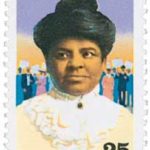Using a mixture of historical objects, artifacts, and documents drawn from the Museum’s collection, this multimedia timeline explores both key moments and surprising stories of the American Revolution. The Timeline features high-quality images and is enhanced by video explorations of select items. It encourages users to look closely, dig deeply, and even extend their experience
Life Story: Lucille Lomen
The biography of Lucile Lomen, the first female Supreme Court Law Clerk. A native Alaskan and graduate of The University of Washington Law School, Lucile clerked for Associate Justice William O. Douglas during the 1941-1942 term. She went on to break barriers for women at the Justice Department and General Electric.
The Role of the Judiciary

In this lesson, students learn about the judicial system, aka the judiciary. First, students read and discuss an article on the role, structure, and principles of the judiciary. Next, they participate in a Civil Conversation on the reading. In this structured discussion method, under the guidance of a facilitator (the teacher), participants are encouraged to engage intellectually with challenging materials.
Ida B. Wells and Her Crusade for Racial Justice
Learning about the Preamble to the U.S. Constitution
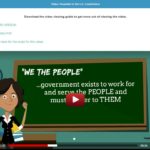
This resource provides students with an English language video and associated student friendly readings (in English, Spanish, and Haitian Creole), as well as reading and video guides and self assessment tools. Using these, students will explore the meaning and importance of the Preamble.
Free registration is required to use the resource.
The Earliest Americans (CKHG Unit)
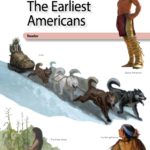
Across 17 lessons, this unit introduces some of the different peoples who populated America many years before the arrival of European explorers—some as early as thirty thousand years ago along the Pacific Coast, and others who traveled from Asia across Beringia, the land bridge. Students explore how these early peoples spread across North and South America, adapted to their environments and developed unique cultures. Each lesson is designed to last 30 minutes.
Native Americans: Cultures and Conflicts (CKHG Unit)
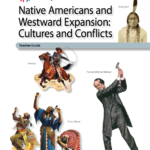
Across 7 lessons, this unit explores the ways of life of diverse Native American peoples and how their cultures were disrupted, displaced, and profoundly altered by westward expansion and American government policies and practices in the 1800s. Some of the content of this unit is tied to the “Pathway to Citizenship,” an array of civics-focused knowledge, questions, and activities.
Westward Expansion After the Civil War (CKHG Unit)
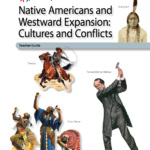
This unit focuses on the westward movement of Americans in the later 1800s, which often led to conflict with Native Americans displaced from long inhabited lands. Across 7 lessons, students learn about the lure of gold or silver, or the land offered through the Homestead Act. Students explore the transcontinental railroads, the “Wild West,” the purchase of Alaska, and the “closing of the American frontier.”
The Civil War (CKHG Unit)
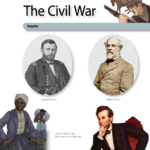
This unit explores the political, historical and cultural causes and consequences before, during and after the Civil War, one of our nation’s greatest crises. Across 24 lessons, students engage with the material through primary sources and consider the influence of abolitionists and other intellectual as well as military and political figures.
This unit includes 24 lessons that are about 45 minutes each.
Westward Expansion Before the Civil War (CKHG Unit)
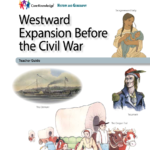
The unit explores the westward movement of Americans in the nineteenth century: the early explorers, effects of new developments in transportation, Native American resistance to settlers, and the treaties broken by government officials. Across 10 lessons, students explore the use of Manifest Destiny to promote the acquisition of US territory, the annexation of Texas, the Oregon Trail, and the California gold rush.
